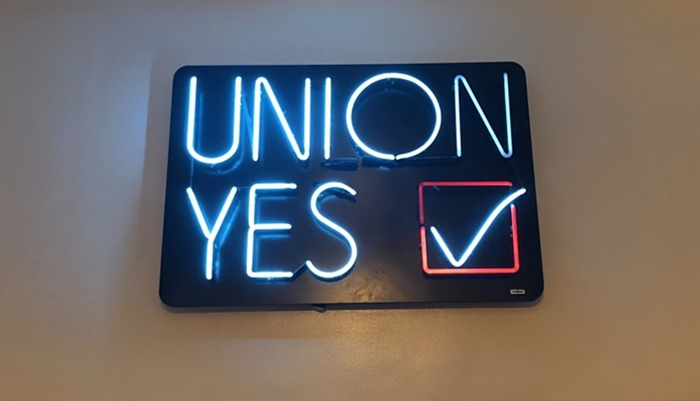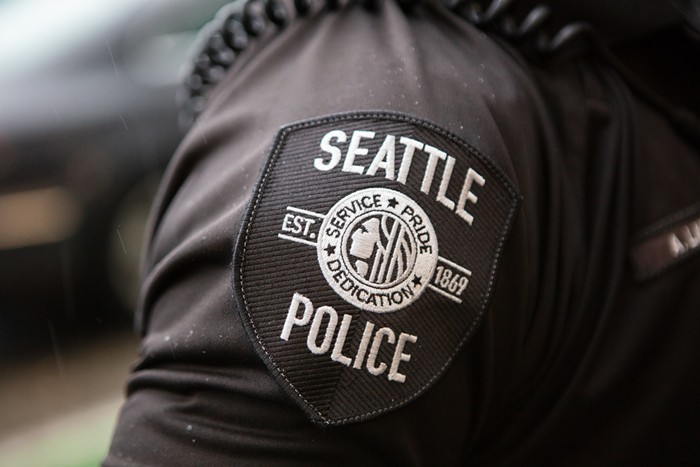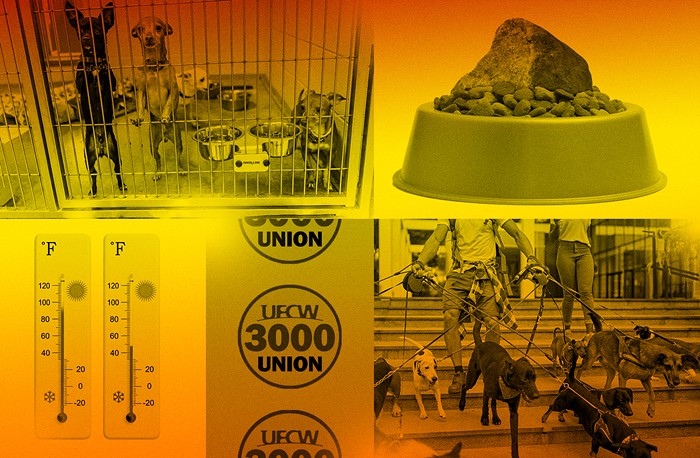The Seattle Weekly came out against the monorail last week with a cover story that was plagued by factual errors.
The shoddiest reporting in the article challenged the ETC's "implausibly large" ridership projections. The Weekly ridicules the ETC's "implausible" ridership numbers by comparing them to those of Vancouver's SkyTrain. "Even the successful SkyTrain doesn't boast the kind of ridership the ETC is relying on," the Weekly says. (Vancouver's SkyTrain does seem like a useful comparison. It's an above-grade technology in a city with nearly identical population--half a million.) The Weekly argues that the SkyTrain is "twice the length of Seattle's proposed monorail," but "has about 65,000 riders a day--4,000 fewer than the ETC is predicting." But according to Larry Ward, a spokesperson for the SkyTrain (which has been up and running for about 16 years), the Vancouver system has 140,000 to 150,000 riders a day, not 65,000. That's twice as many riders as the ETC projects for the monorail. So, as it turns out, the monorail--a system half as long as the SkyTrain--will, according to ETC projections, attract half as many riders as the SkyTrain by 2020. Had the Weekly reported accurate ridership numbers, their article would have shown that the ETC's projections make perfect sense.
Then, to make the case that the ETC's 69,000-rider estimate was out of whack, the Weekly compared it to the 22,500 current bus riders on Metro routes approximating the monorail's proposed Ballard-downtown-West Seattle route. Aside from the fact that the monorail will be faster and more comfortable than clunky buses (which explains the ETC's projection that about 20 to 25 percent of its riders will be new transit users), the comparison seems fair. Unfortunately, the Weekly botched this one too. The ETC's estimate is based on projections for ridership in 2020, 18 years from now. The Metro ridership number the Weekly uses is for 2001. "Over the last five years," Metro spokesperson Linda Thielke says, "Ballard ridership has grown. With increasing density and employment citywide, we expect ridership to grow in all [those] areas during the coming years." What's more, according to Thielke, the current Metro daily ridership number is actually 35,140, not 22,500.
The Weekly also questions the ETC's "huge" (4,000) tourist ridership projection for 2020. It's not clear what's so "huge" about ETC's projection. When I called Tom Albro, spokesperson for the current monorail system, Albro said 4,000 rides is the current tourist component of the monorail. If anything, the ETC low-balled it.
Another giant gaffe: The Weekly questioned the ETC's ridership estimate, saying: "The ridership numbers of 69,000 people a day might as well have been cooked up by WorldCom.... You expect me to believe that one-third of the neighborhood [about 188,000 people live around the proposed line] is suddenly going to [ride the monorail?]"
Well, actually, no: The number doesn't represent different individual people, it represents rides--i.e., how many times someone boards the train per day. Given that most riders are commuters (who will make a round trip), 69,000 rides represent about 34,000 actual riders. That's a bit more than a sixth of the neighborhood--not a third, as the Weekly reported. And again, 69,000 rides is a projection for the year 2020. Certainly, the population will have grown beyond 188,000 by that time.
The reporting on the ETC's cost estimates was also flawed. First off, the Weekly writes: "The ETC has no money in its plan for mitigation..." Did anyone at the Weekly read the plan? The plan includes $162 million for mitigation. The Weekly allows Sound Transit's spokesperson Lee Somerstein to slam the ETC for poor planning: "The real costs don't become apparent until 30% design." (The ETC's plan is currently 5% designed.) Of course, Sound Transit knows all about faulty projections and poor planning, but it was tunneling and property acquisitions that drove up Sound Transit's costs. The monorail isn't going in any tunnels, and it's being built over the street on public rights of way; as a result, the ETC faces little of the property acquisition or accompanying mitigation costs that often come with development on private property.
And FYI: The city's monorail risk analysis took into account that the plan was only at the 5 percent stage--that's why cost projections had a range of $1.5 billion to $2 billion with a midpoint of $1.7 billion, says Daniel Malarkey, a former ECONorthwest economist who participated in the study. Bottom line: The risk analysis study done at the behest of Seattle City Council Member Richard Conlin and solicited by the city (not by the ETC, as the Weekly reported) found it 90 percent likely that the 1.4 percent monorail tax would cover those costs. Moreover, the Weekly failed to mention that the ballot measure includes a spending cap to prevent the agency from building anything more expensive.
Ironically, the Weekly's inaccurate monorail story was dubbed "Monorail: The Fantasy vs. the Facts." Late last week, lead monorail campaigner Peter Sherwin said he would appreciate a correction or retraction by the Weekly for getting its basic facts wrong.


















